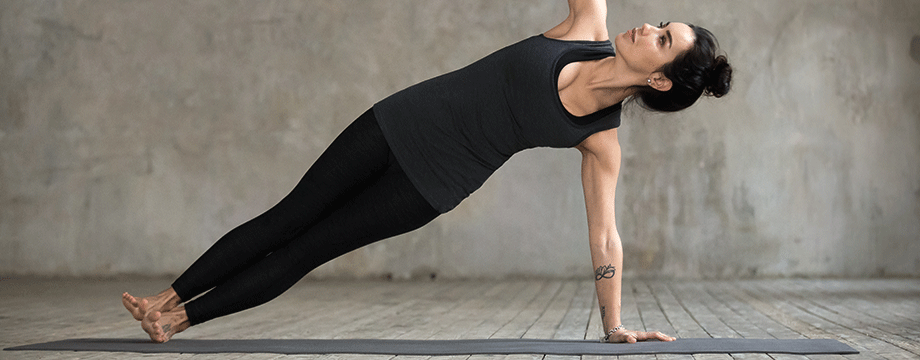Pilates has the Answer

Pauline Caswell offers an insight into some of the health and wellbeing benefits of a regular Pilates practice
If you are looking for a form of exercise that will benefit your body and your mind, then Pilates could well be the answer! Not only can it help to tone, condition and strengthen your body, but it can help to relax your mind too. Practising Pilates on a regular basis has so many health and wellbeing benefits. A stronger core can alleviate back ache, while better mobility can give us the confidence to move fully with less fear and pain. It also encourages better posture and improves your balance. Put simply, Pilates makes everyday movements so much easier, whether it’s turning around to reach the back seat of the car or fishing around under the bed for that earring you just dropped!
Developing body awareness
Pilates will help you to develop an awareness of your own body and how you are holding yourself. You will soon start to notice when you are slouching, and you will begin to stand taller and stronger. An added bonus is that when your posture is better, so is your figure! Pilates can help to address a number of issues, from pelvic muscle control to low back pain, body confidence, lack of energy, loss of muscle tone, low libido and anxiety. For example, specific breathing exercises can tap into our nervous system and help to lower anxiety levels. When we exhale the breath, this is linked to our parasympathetic nervous system which affects our body’s ability to become calmer and more relaxed. Developing body awareness can help us to connect and control pelvic muscles more efficiently.
Find the right style
Anyone wishing to try Pilates should start off by finding a skilled teacher – and I don’t necessarily mean someone with a wall full of certificates. Talk to them about what you want and see if they listen. A good teacher will make sure that whatever they are teaching is right for you. There are many schools of Pilates and therefore the variety of teaching styles is huge. Generally speaking, Pilates tends to fall into one of three categories – classical, contemporary or fitness – and your teacher should be able to tell you which one they teach. Many teachers blend all three styles and their training could be from one or more of these categories.
Classical Pilates is based on Joseph Pilates’ traditional method and uses a whole array of interesting names for exercises, for example ‘Rocker with Open Legs’, ‘Neck Pull’ and ‘Boomerang’. Contemporary Pilates came after Joseph Pilates, when teachers took his method further. It is still based on all of the traditional exercises, but with additions or adaptations in line with changing trends and new research into biomechanics, exercise and anatomy. Fitness Pilates is possibly the most recent category with the upsurge in retail park gyms, and is what you are likely to find at your local gym or community centre.
I’d always recommend an introductory session, especially if you have any specific injuries or issues. Classes can vary from mat-work to apparatus for individuals or groups. Smaller groups are usually the most common in Pilates to allow the teacher to guide you as an individual. Take a look online for a local teacher and give them a call. Ask them questions and try out a few classes. Do your research and keep looking until you find a class that suits you.
Pilates is a great form of exercise no matter who you are or how old you may be. It can be quite challenging, so any achievements our body makes in moving can create a sense of accomplishment and appreciation of how amazing your own body is, regardless of its size, shape or agility.
Pauline Caswell is a qualified Pilates teacher based in the Wirral. She is currently training with Pilates elder Lolita San Miguel who was an apprentice of Joseph Pilates. Pauline is one of few teachers in the world benefiting from this lineage. To find out more, visit www.lovepilateswirral.co.uk
Read previous Your Living articles here...
Read articles from our latest issue here...